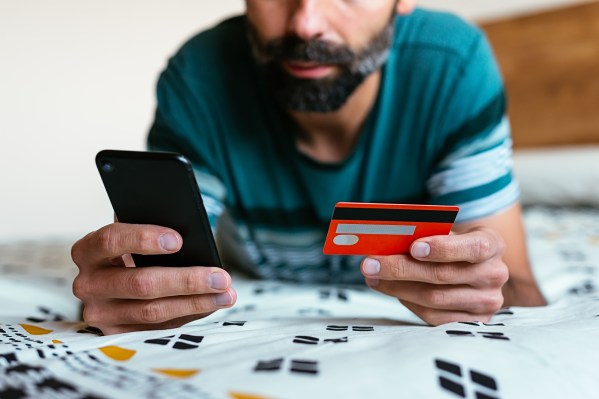A rush of deep discounts and the growth of flexible payment options were the drivers behind $9.8 billion in online sales in the U.S. on Black Friday — a record figure for the day. According to Adobe Analytics, sales were up by 7.5% on last year’s numbers (you can see those here).
Sales easily surpassed Thanksgiving figures and growth rate, as well as Adobe’s own predictions for the day. On Thursday U.S. consumers spent $5.6 billion, up 5.5%; the analysts originally predicted sales of $9.6 billion for Black Friday.
Salesforce, which uses different metrics than Adobe and says that it crunches numbers on transactions for some 1.5 billion consumers, also said that Black Friday online sales exceeded its expectations. They totaled $16.4 billion in the U.S. and $70.9 billion globally, and a record 79% of all shopping traffic — both browsing and buying — was carried out on mobile handsets.
Black Friday is a bellwether shopping day, for years seen as the day that the holiday sales period, the most important for retailers, kicks off. These figures will provide some surprise holiday cheer to retailers, which have been seeing, overall, sluggish growth. According to figures from the U.S. Census Bureau, retail sales last quarter grew just 2.3% over the same period a year before. E-commerce, as a younger and smaller proportion of that (around 15% of all sales), typically does grow faster and last quarter also grew around 7%.
“Black Friday online sales performance exceeded any retail executive’s expectations,” said Rob Garf, VP and GM of Retail at Salesforce, in a statement. “Retailers stepped up their discounting game and shoppers, in turn, clicked the buy button.”
Adobe works with hundreds of large and small online retailers and says that it bases its calculations on more than 1 trillion visits to U.S. retail sites, the movement of some 100 million SKUs and 18 product categories.
Inflation of just over 3% is definitely down on last year (when it was over 7%), but economic uncertainty does continue to weigh on consumers, so it’s notable that buy now, pay later options, as a complement to other kinds of credit, continued to grow in popularity. Adobe said that orders using BNPL were up by 72% on last year across the week going into Black Friday, and that BNPL revenue as a result of that is up by $79 million for the period.
The big question will be whether retailers can sustain the growth rate over the next several weeks. The next big barometer-style sales day is Cyber Monday, in two days. We’ll provide more updates when those figures come through.
Some other notable details from yesterday:
— Discounts remain a big driver for sales and are coming in as high as 35% off retail price. The name of the game remains buying presents and home electronics.
— Smartphones accounted for $5.3 billion of sales on the day, up a whopping 10.4% on 2022 and representing 54% of all online sales. Adobe predicts that is going to be the norm for the period: mobile sales will actually overtake desktop this holiday season, it said, with more than 51% of sales.
— Perhaps because people are still concerned about spend, they are opting for cheaper “standard” shipping more often than in previous years. (And frankly why get something faster now if it’s for a present for the end of December?) Adobe said 80.5% of all orders used standard shipping.
— Adobe thinks “Cyber Week” (from Thanksgiving to Cyber Monday) will rack up $37.2 billion in U.S. online sales, nearly 17% of all sales for the holiday period. Salesforce is more bullish: It says it will account for 25% of all holiday purchases this year and will total $53 billion globally.
“Black Friday re-asserted its dominance this season with record spend of $9.8 billion driven by new demand for the major sales’ day,” said Vivek Pandya, lead analyst, Adobe Digital Insights, in a statement. “The decline in online prices over the last year has created a favorable environment for consumers with strong discounts this season that are tempting even the most price conscious consumers.”
